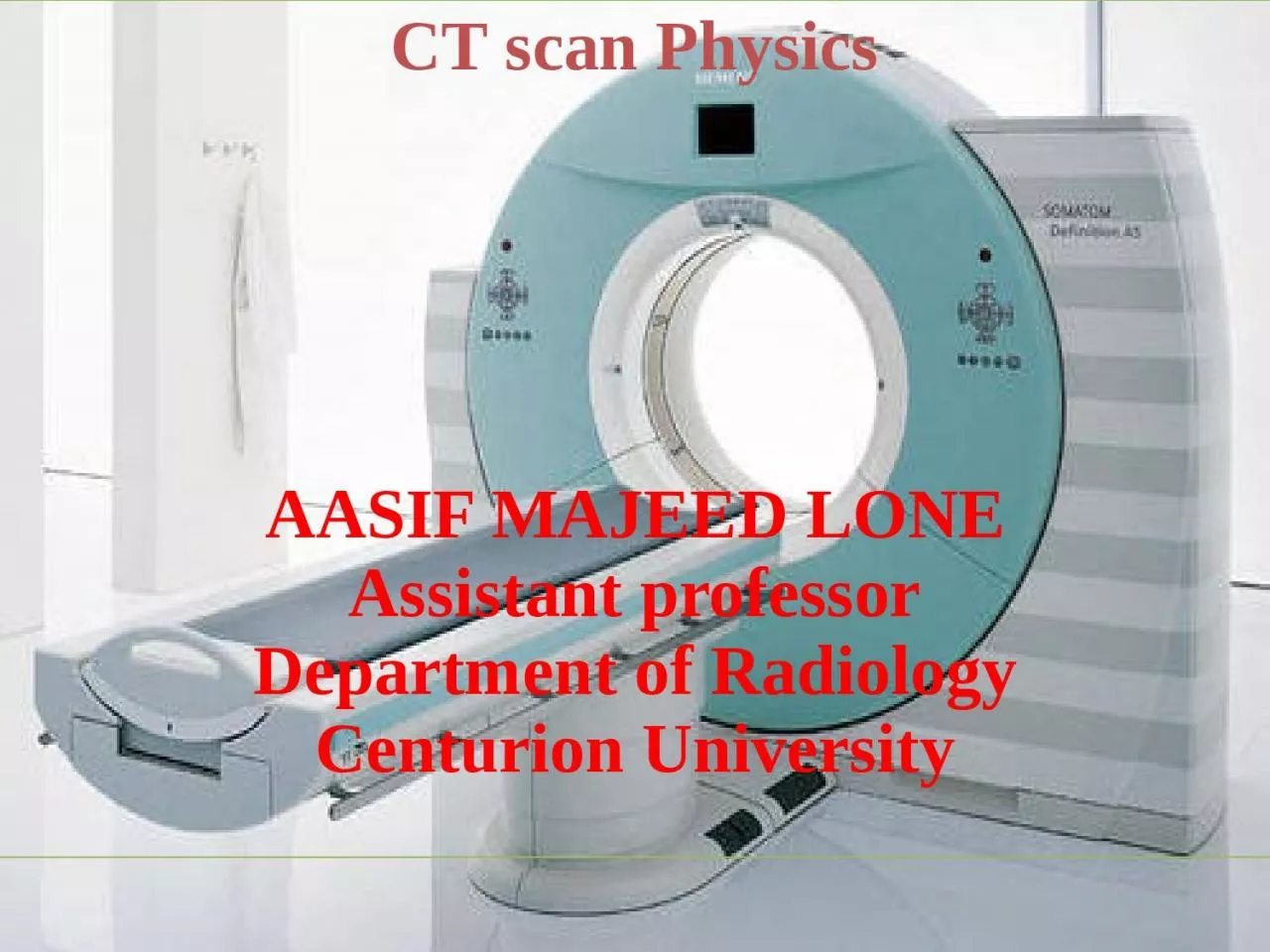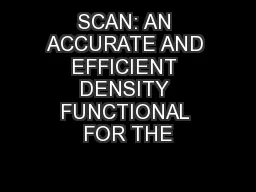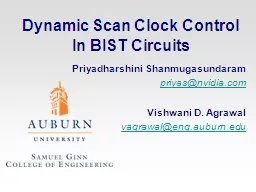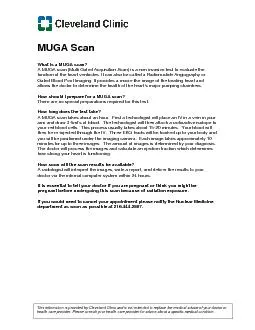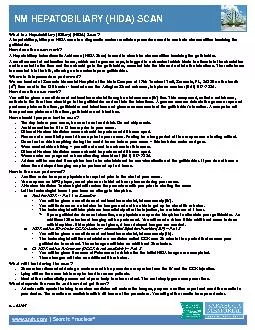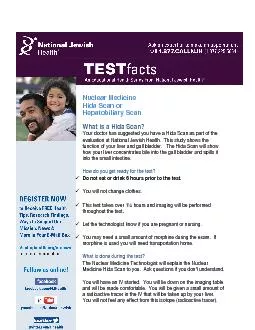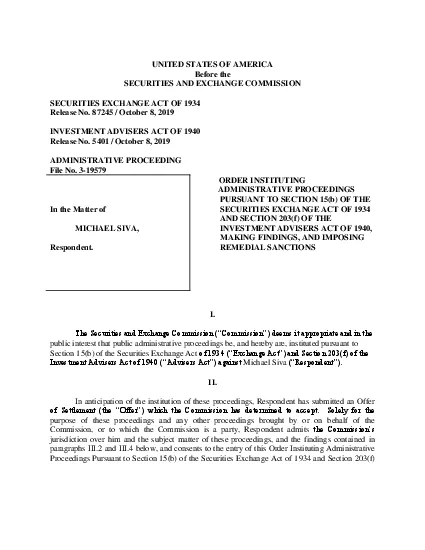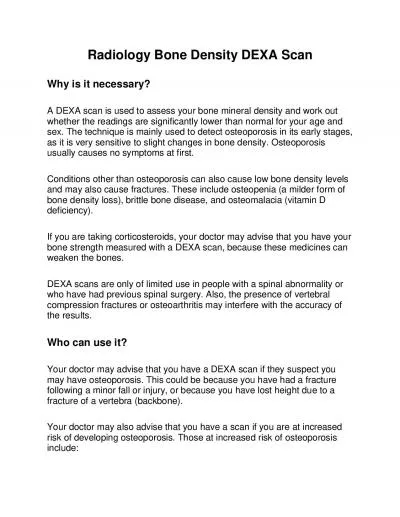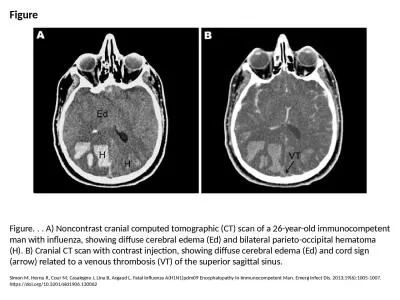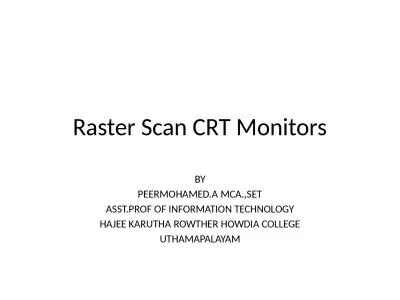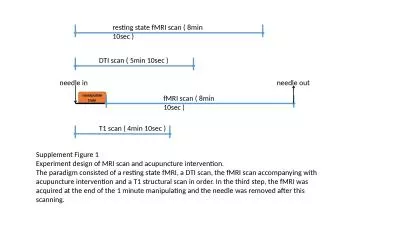PPT-CT scan By S.S.Siva Sagar
Author : naomi | Published Date : 2024-01-29
10 MSc RIT 200513001 SGT UNIVERSITY CT scan Physics AASIF MAJEED LONE Assistant professor Department of Radiology Centurion University Introduction At the annual
Presentation Embed Code
Download Presentation
Download Presentation The PPT/PDF document "CT scan By S.S.Siva Sagar" is the property of its rightful owner. Permission is granted to download and print the materials on this website for personal, non-commercial use only, and to display it on your personal computer provided you do not modify the materials and that you retain all copyright notices contained in the materials. By downloading content from our website, you accept the terms of this agreement.
CT scan By S.S.Siva Sagar: Transcript
Download Rules Of Document
"CT scan By S.S.Siva Sagar"The content belongs to its owner. You may download and print it for personal use, without modification, and keep all copyright notices. By downloading, you agree to these terms.
Related Documents

